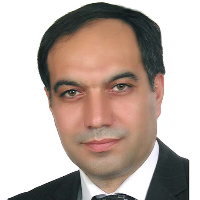Modeling the construction of an efficient customer club for the quantitative and qualitative development of increasing customers in the banking system
The aim of the current research is to find a model to build an efficient customer club for the quantitative and qualitative development of increasing customers in the banking system. According to its purpose, the research method is practical and in terms of implementation method, it is mixed (qualitative-quantitative) and in terms of the research implementation strategy, it is exploratory. The statistical population in the qualitative section includes 11 experts and experts, managers and vice-presidents of the bank, and experts in the field of management model and customer club, and the statistical population in the quantitative section includes 385 people from all members of the bank's customer club. Exports that were selected using Cochran's formula as a sample and by simple random sampling. Data collection tools include semi-structured interviews and researcher-made questionnaires in the quantitative section. In the data analysis of the qualitative part, using the theme analysis approach, MAXQDA10 software was used, and in the quantitative part, SPSS and AMOS software were used. The results in the qualitative part showed that (93 open codes, 52 sub-themes and 6 main themes were identified from the interviews in the form of the dimensions of the efficient customer club building model, and the results of the quantitative part showed that the identified components have an explanatory and meaningful effect on the construction of the efficient customer club. In the banking system, there is an increase in customers in the direction of quantitative and qualitative development.
-
Modeling the Impact of Nostalgia on Branding (TISM Approach)
Hamed Arab Ahmadi, *
Biannual Peer Review Journal of Business Strategies, -
Presenting the political marketing model for the Islamic Council elections: a qualitative survey with the foundation's data approach
Hossein Ebadi, Seyed Abdullah Heidariyeh *,
Journal of Political science Association,



